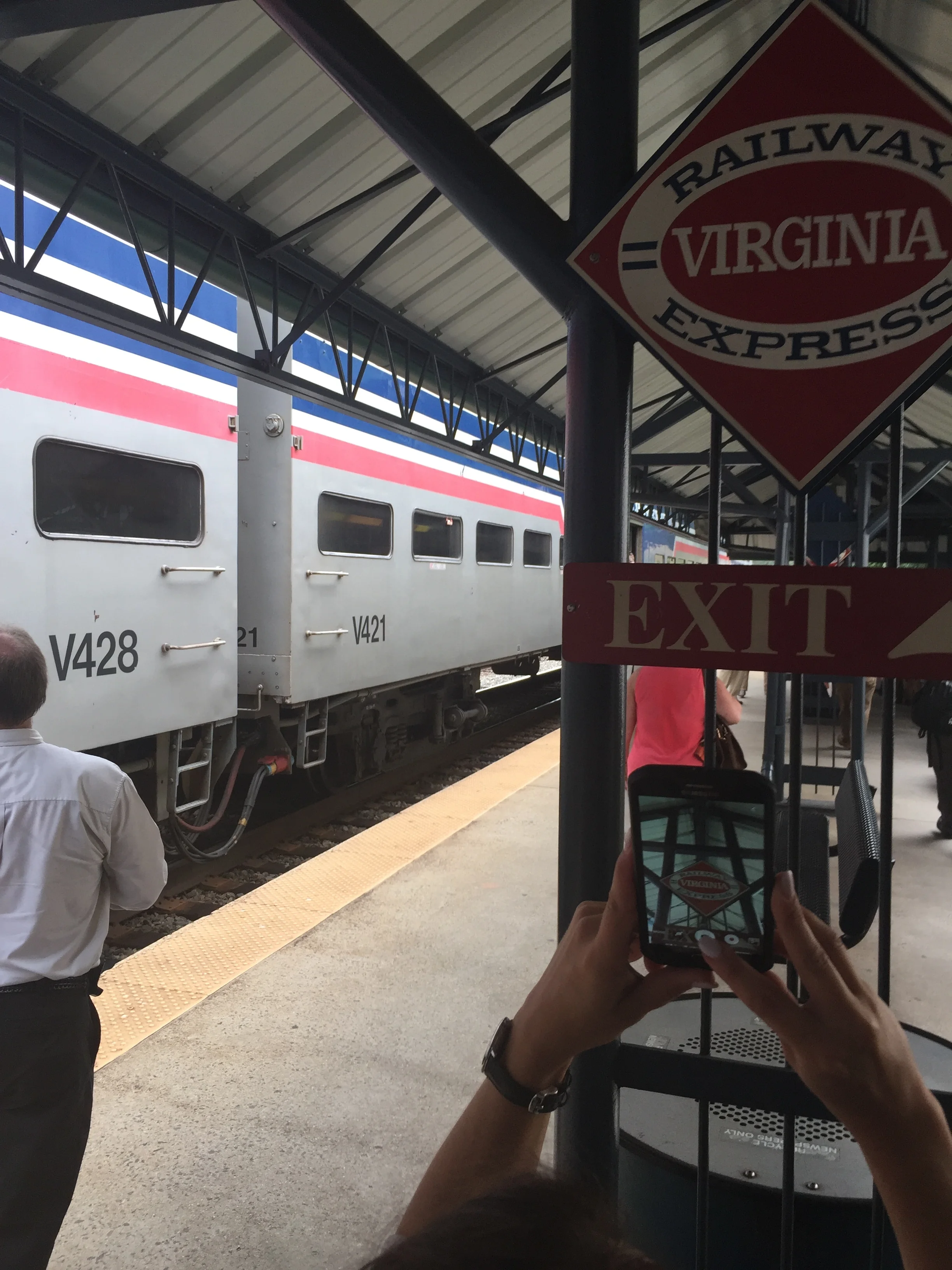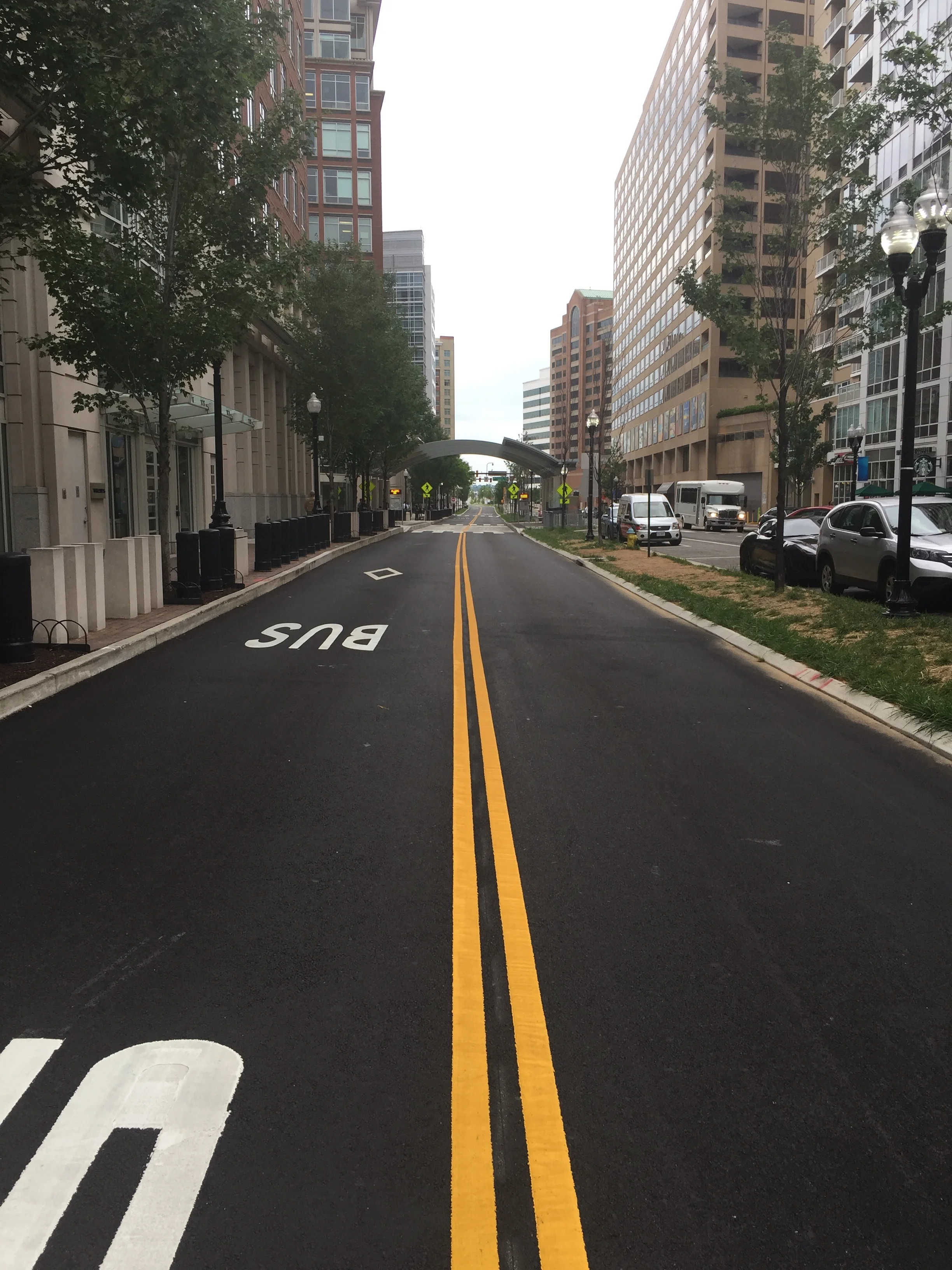Removing barriers to transit, part 1
When was the last time you tried to use transit - to get to work, or for any other travel purpose?
If you live in a handful of cities in the northeastern US, or perhaps in a college town, your answer might be "today."
But for many people, the answer is "never." Because the transit available to them doesn't go where they want it to go, when they need it to go, for any of their trips....
.. Or, they don't believe that it does, or they can't figure out how to use it, or find the payment, pass, and transfer structure not worth the investment of their time to figure out.
This is a problem. In fact, it is several compounded problems.
- For the individual that never rides or considers transit: They don't have access to travel options that could be beneficial for them, for at least some of their trips. The fact that the options technically exist doesn't matter, because the options are not meaningful to them, and as a result they might be spending too much money on transportation (and perhaps housing).
- For the community: We are collectively making an investment in a regional travel network and not realizing the full accessibility and engagement benefits of it.
- For current transit riders: The fewer people that ride transit, the smaller the constituency for its continued maintenance, enhancement, and expansion. With fewer active supporters, transit can be on the chopping block when budget and economic problems arise, and the most vulnerable members of the community are unfortunately on the receiving end.
Businesses are generally supportive of improved transit options - I know that personally, as the executive of a regional business organization in North Carolina that supported the largest successful local option transportation referendum in our state's history. That referendum will provide more than $1 billion in new local funds over a ten year period that will be 100% dedicated to enhanced transit in Raleigh and surrounding Wake County.
While I was pleased to lead the campaign communications strategy for the referendum, I can tell you that even though the campaign is over, our work is not done.
Our focus now is three fold:
- Monitoring and communicating the progress of the plan
- Encouraging accelerated implementation of enhanced transit options
- Reducing barriers to considering and using transit
The last bullet refers to the need to maximize the benefits of our investment.
The bottom line is that if transit is useful for (or if it is almost exclusively used by) people who currently don't have other travel options, then it really isn't useful at all. Even worse, the utility that the system does have for those who depend on it will be perpetually in budget jeopardy from the next economic downturn.
Part 2 of this post will speak to some specifics of barriers to using and considering transit, and potential ways to overcome them.
Joe Milazzo II, PE, Executive Director, Regional Transportation Alliance
RTA is the voice of the regional business community on transportation





